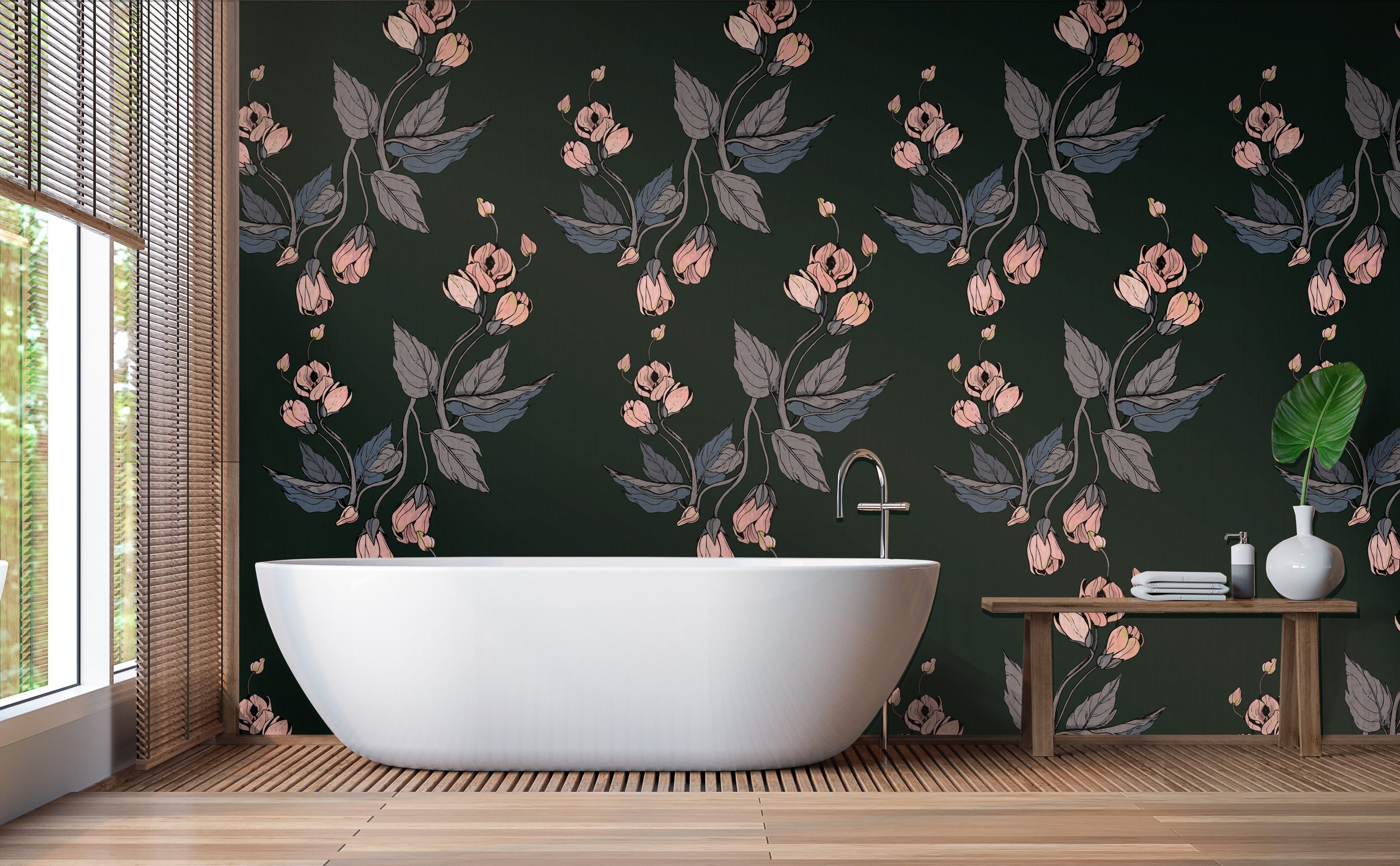Designing Naturally: Enhancing Interior Spaces Through Biophilia
/A connection with nature has always been appealing in design. However, world factors like increased time spent indoors and a newfound awareness and appreciation of nature as we experience environmental shifts from climate change have potentially contributed to a desire for nature to be a more prominent part of daily life.
While there are endless possibilities and applications for biophilic design, there are a few methods that can be applied to most design projects:
1. Mirroring local flora and fauna. Part of the benefit of biophilic design is creating a connection to our environment, minimizing feelings of isolation prevalent in contemporary and urban living. By drawing a connection to local plants and wildlife, interior spaces can feel increasingly connected to the land outside our doors, offering a feeling of inclusion and expansion. While any natural themes can provide benefits, sourcing inspiration from nature in the vicinity of the building can help foster a more intimate connection.
2. Utilize scale. Many clients may be hesitant to utilize floral or natural patterns for fear of them feeling overly old-timey. However, natural prints don’t need to be literal to be effective. Playing with scale can help alter the mood or energy of the space, offering more traditional or contemporary options. A large print can feel modern or dramatic and provides an opportunity to admire details of the image, which then can feel like a work of art in the space, particularly if designing for a room with high ceilings. Areas where people are spending shorter periods may benefit from the drama of a large-scale print. Smaller patterning, particularly in muted tones, can offer a quieter approach, creating a visual texture when a subtle background is needed.
3. Consider all aspects of the environment. Celebrating nature through biophilic design offers an opportunity to consider the environmental effects of design choices and practices. When sourcing products, natural, organic, and green guard certified materials may cause less harm to the natural environment during production while helping to improve indoor air quality. When considering biophilic options, opting for the most natural materials possibles help bolster the connection to nature while being more considerate of the environmental effects of the design process.
These biophilic design applications can help create comforting and soothing spaces for clients that reflect and respect the natural environment. As biophilic principles remain a regular part of interior design, we hope that design and production practices prioritize sustainability and care for nature.
Sarah Barnard, WELL AP + LEED AP, is a leading designer of personalized, sustainable spaces that support mental, physical, and emotional wellbeing. An advocate for consciousness, inclusivity and compassion in the creative process, Sarah’s work has been recognized by Architectural Digest, Elle Décor, Vogue, HGTV, and many other publications. She is a California Certified Naturalist, and in 2017, Sarah was recognized as a “Ones to Watch” Scholar by the American Society of Interior Designers (ASID).






